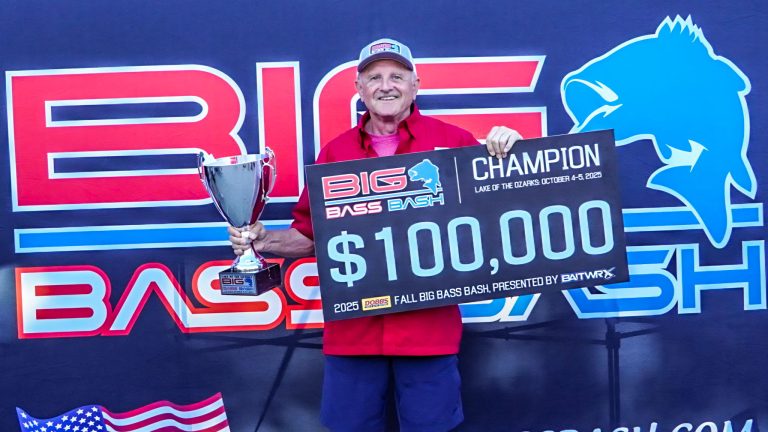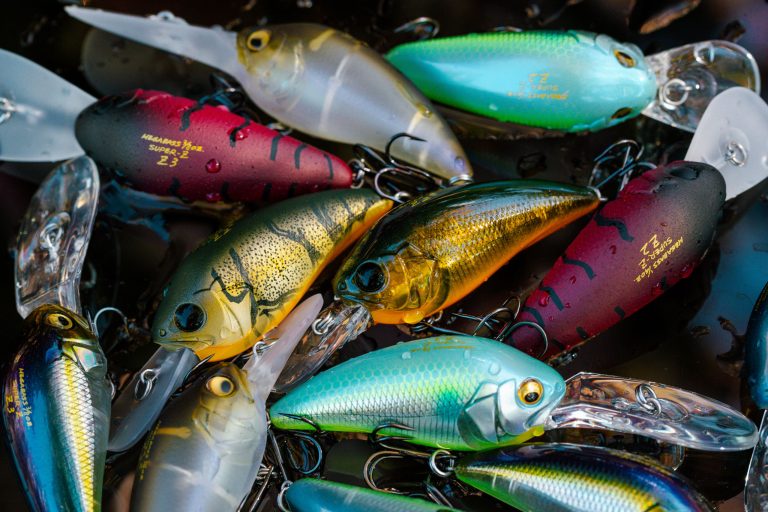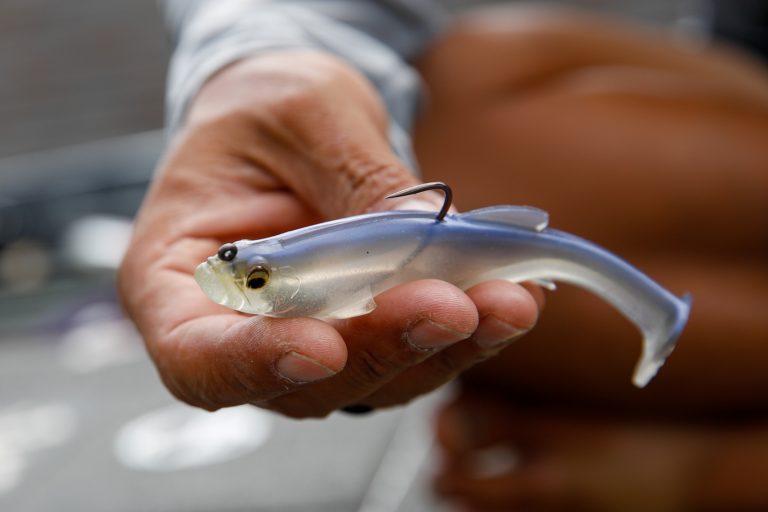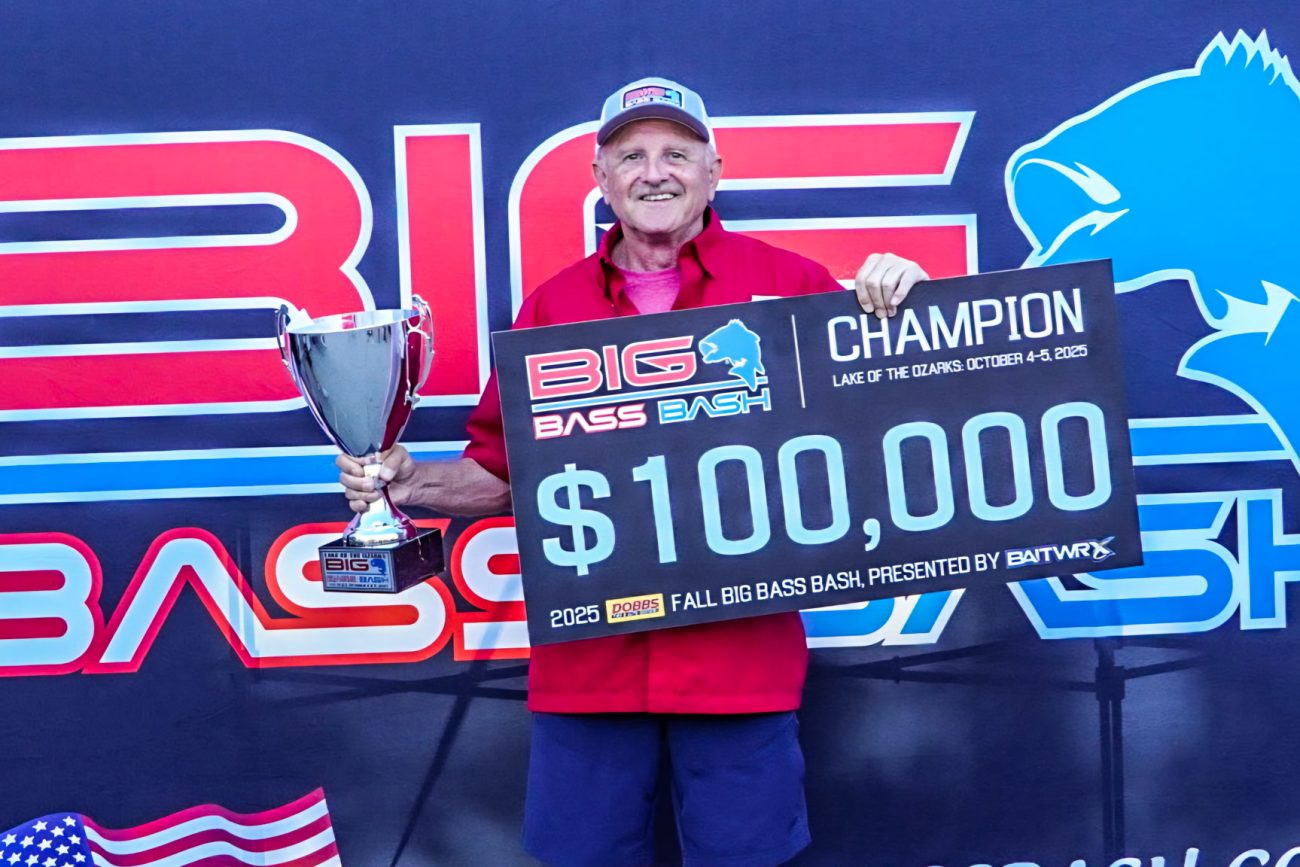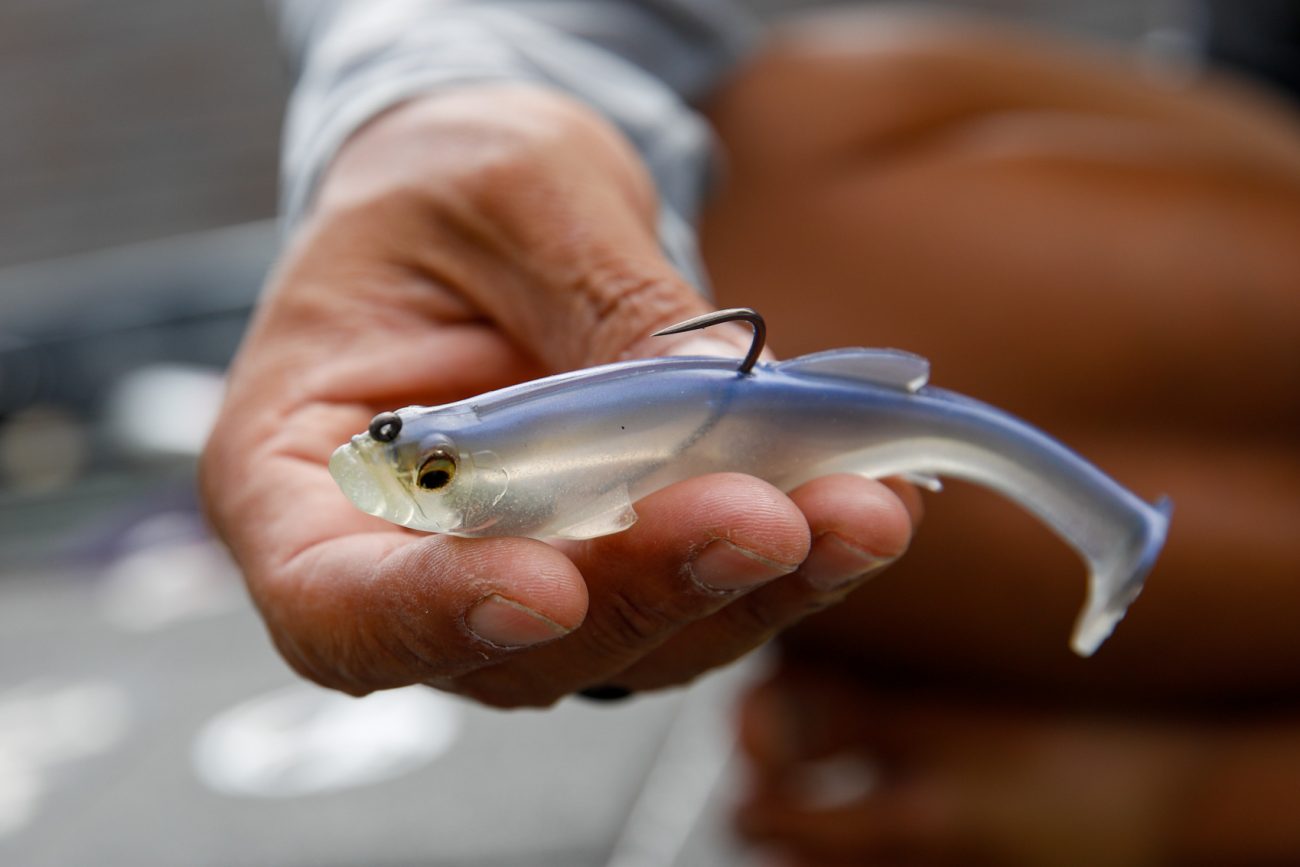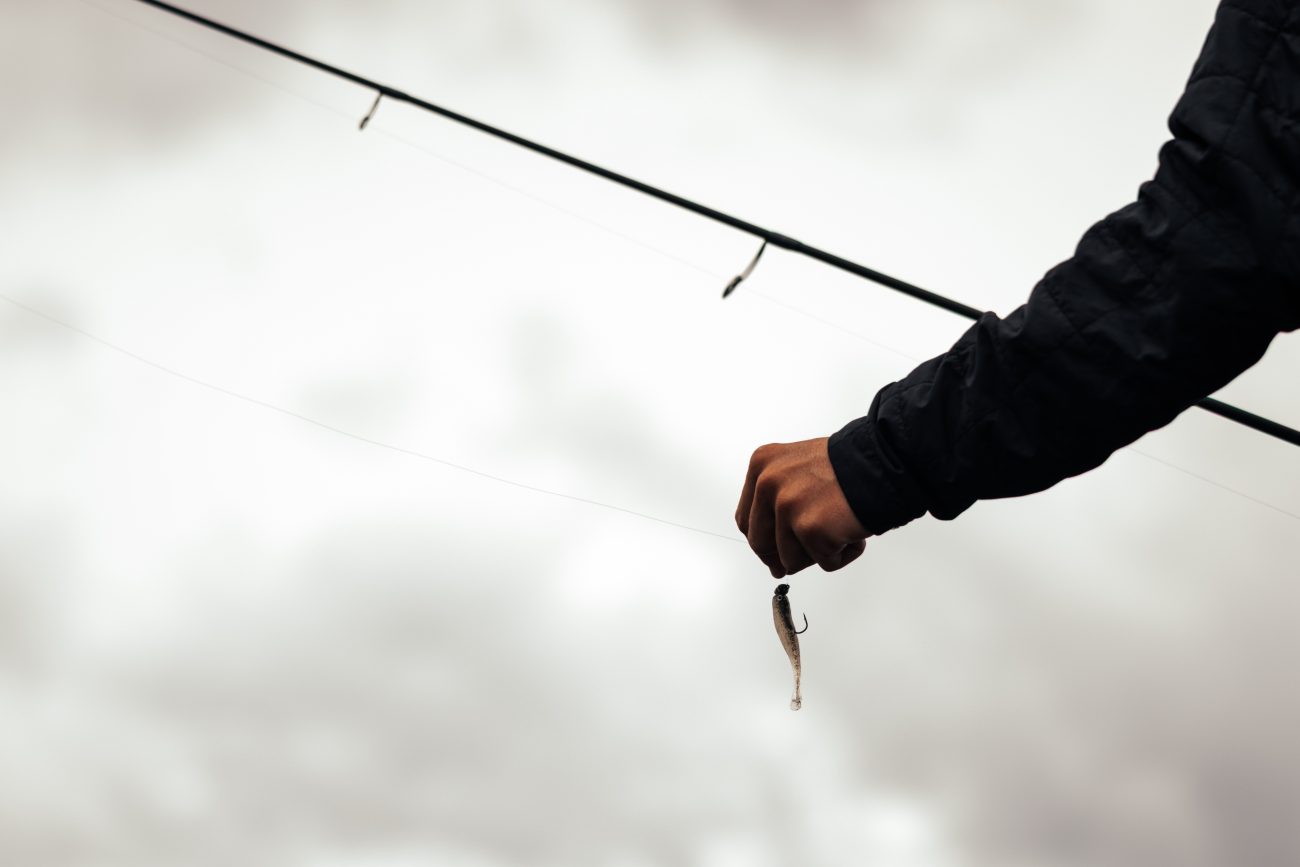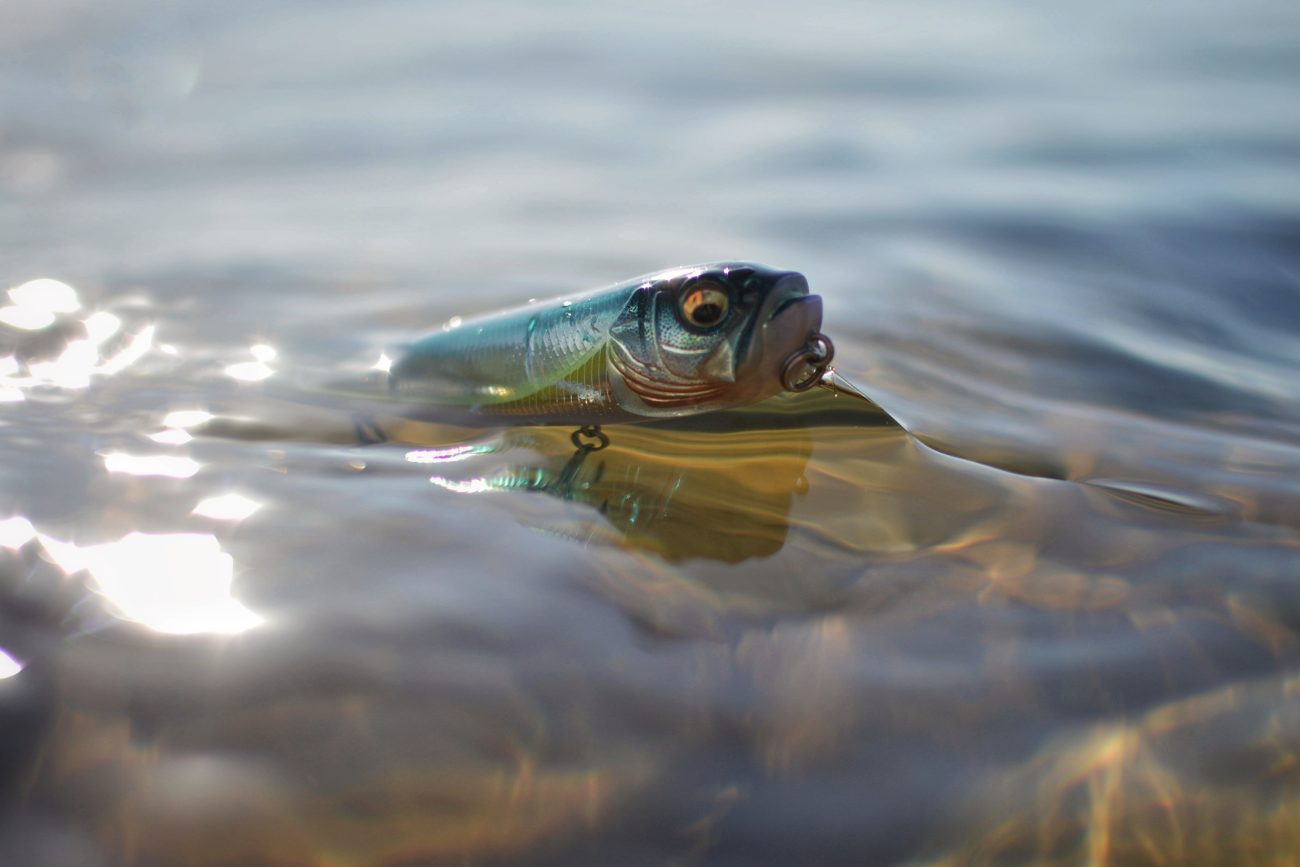In most parts of the country, except for far-north smallmouth fisheries, July/August marks the point where bass become harder to catch. Reasons for this include thermocline formations that cause more fish to suspend, warmer water that affects oxygen levels, and a general change in bass behavior. Patterns that involve spawning panfish, as well as low light levels at dawn and dusk, should both be points of concentration during the hot weather months.
Target Spawning Panfish for Summer Bass Action
One fact that many anglers don’t know is that most panfish species—in particular bluegills—will spawn all summer long if water temperatures remain over 70 degrees. This makes the shallows a pivotal focal point when targeting summer bass. Anglers need to look for these spawning panfish in the same types of areas that they would find spawning bass. Though it is dependent on water clarity, panfish will spawn mainly in the back of coves in 1-3 feet of water, and regularly seek overhanging trees and other cover to make their dinner plate sized beds. Their beds will often be grouped together in colonies that resemble a honeycomb structure. Bass relate to these spawning areas whether the beds are present or not, but you will find larger bass populations around the active colonies of panfish beds. Shallow bass are opportunistic feeders and will ambush these bedding areas for a quick meal.
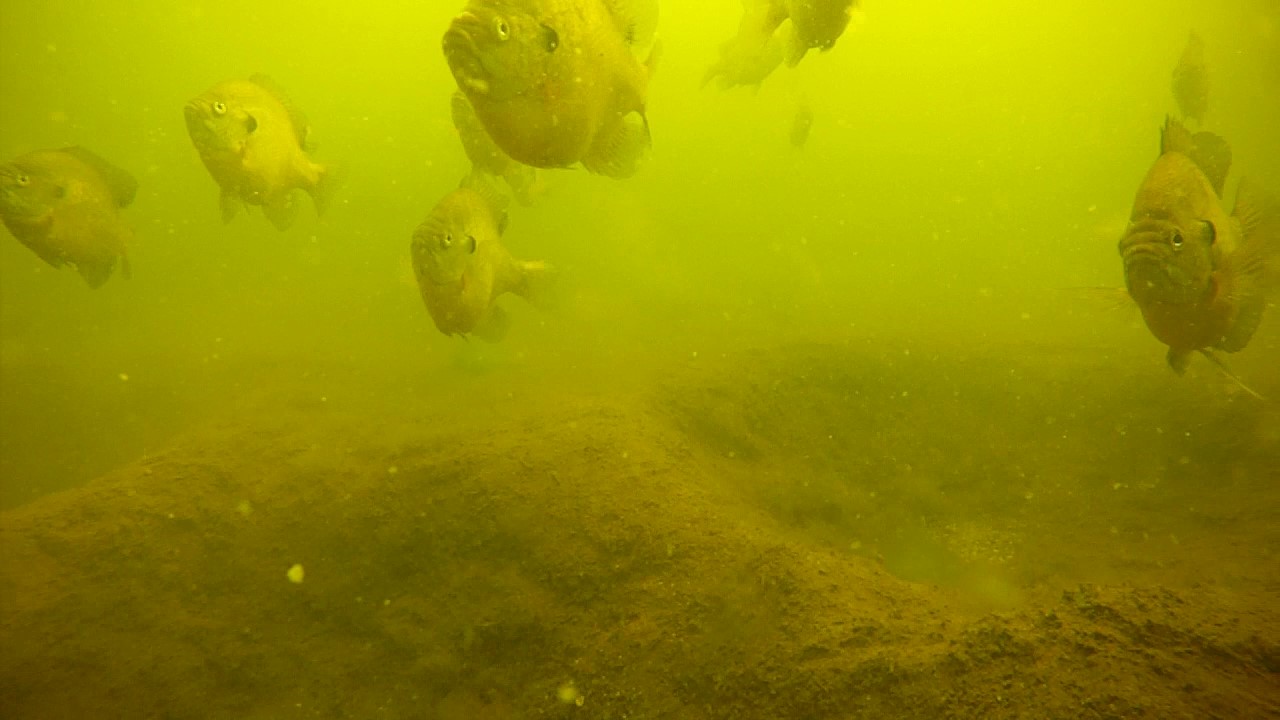
Lure Selection for Clear Shallow Conditions
A jerkbait, such as the VISION ONETEN SILENT, is a great option for when the water is clear in these spawning areas. The Silent model is critical when targeting these shallow clear areas where bass tend to be more wary. Cast towards the bank and use a faster cadence that keeps your jerkbait moving and up in the water column to trigger reaction strikes from those opportunistic bass.
When more water needs to be covered, a walking topwater like the Dog-X Diamante is perfectly suited to target these spawning areas. By covering large amounts of water with this offering, you will effectively be able to trigger bass strikes throughout most hours of the day. If the larger profile and loud rattles of the DIAMANTE are too much for pressured areas, try downsizing to the GIANT DOG-X and then to the even smaller (and quieter) KARASHI.
Color selection in these areas is not strictly limited to panfish based patterns. A variety of natural and reaction-based colors will produce given the right situation.
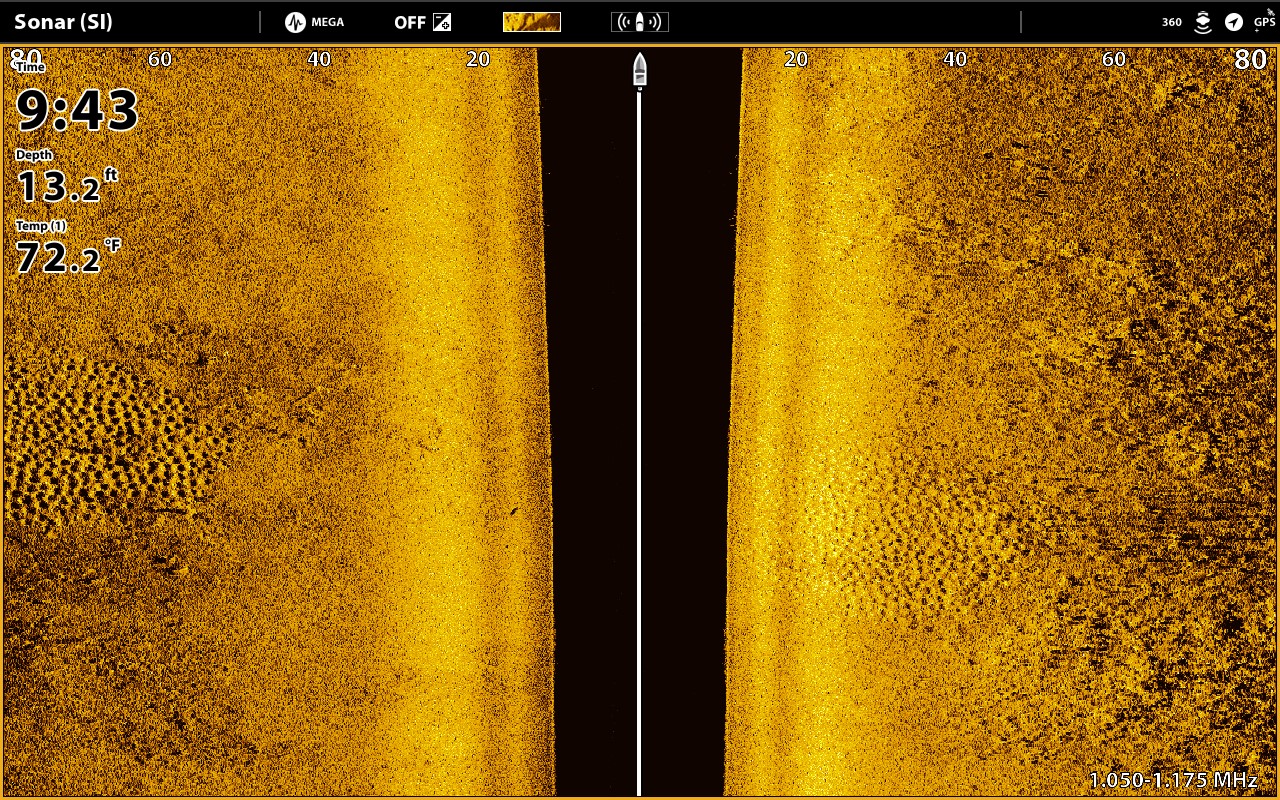
During the mid-summer months, even deeper bass utilize these spawning and other shallow areas to feed in the nighttime, following forage, currents and structure to ambush prey in the darkness. By fishing dawn and dusk hours, anglers can capitalize on the bass that are making their way from their nighttime feeding grounds back to their daily holdings.
Dialing in Low-Light Summer Bass Fishing
Success during low light conditions is dependent on water visibility and the species of bass on your lake. In general, the clearer the water, and the more diverse bass species you have, the better the fishing will be in low light. A slight breeze, clouds and shade will also help extend a bite window.
Jerkbait Patterns Around Summer Structure
One excellent summer low light pattern with the jerkbait is to fish outside edges of docks, bridge pilings and wave breaks with the Megabass VISION ONETEN jerkbait. Bass will suspend around these structures in the summer, and the low light conditions will make them chase the bait as it comes past their ambush points.
Topwater lures are also equated with early and late day summer fishing, and for good reason. Under low light conditions, especially if the water visibility is over 2 feet, bass will strike topwaters because of their visual and audible drawing power.
Choosing the Right Topwater for Water Clarity
A general rule of thumb is if the water visibility is over 3 feet, a walking topwater like the DOG-X DIAMANTE or GIANT DOG-X should produce more results, but if the visibility is under 3 feet, a popper/pop-walker like the Megabass POPMAX or POPX can be more productive since it gives bass more time to key in on your presentation. Targeting areas such as riprap points, bridge pilings and/or a combination of these and other structures are all areas that topwaters can be productive during these early and late hours. Constant experimentation and adaptation is always needed to truly dial in a pattern, as conditions and bass feeding patterns are constantly changing.
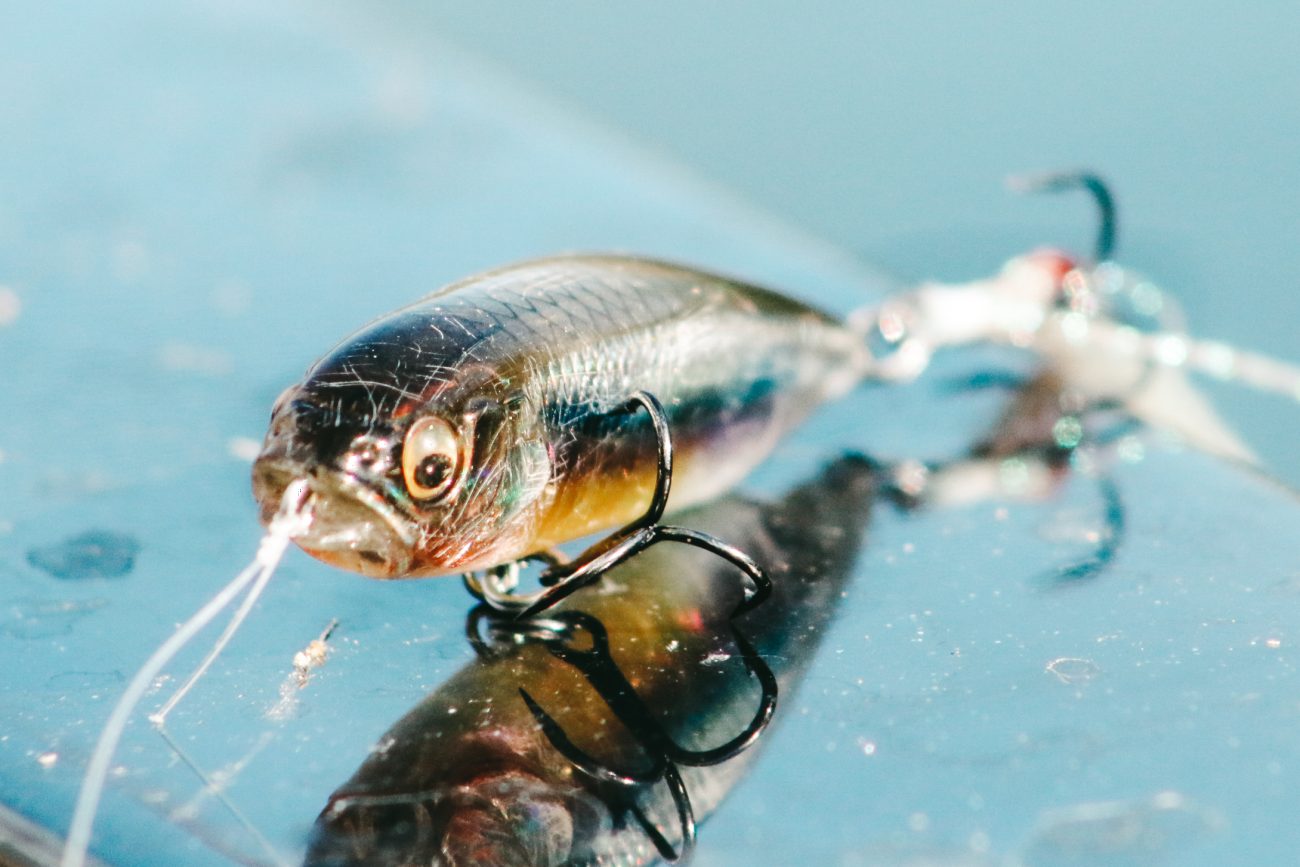
Mastering Summer Bass Fishing
While mid-summer fishing might feel slow at times, patterns centered around spawning panfish and low light conditions can keep your rod bent all season long. Mix in jerkbaits for precision strikes and topwater lures for explosive action, and you’ll be well-equipped to overcome the dog days of summer.

